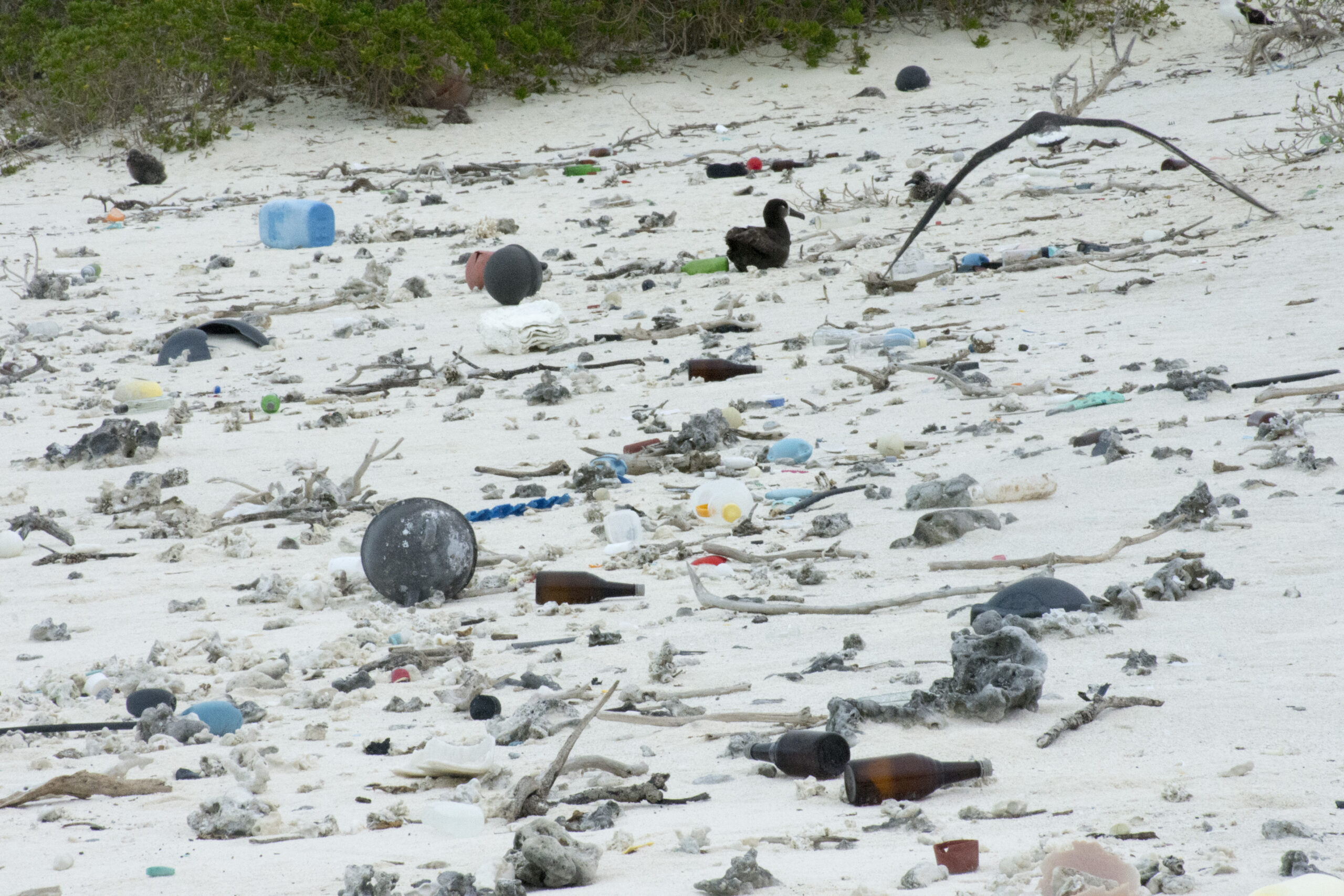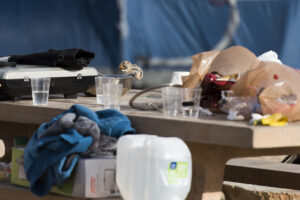News & Updates
The Case to Reuse Before Recycle


As global manufacturing and retail supply chains are taxed, the lack of a steady supply for consumer goods has increased the need to extend the lifespan of the products we purchase. This is an opportunity to become stewards of our own goods, as frugality, care, and repair are becoming increasingly relevant to our purchasing habits.
Leave No Trace empowers people to make ethical environmental choices whenever it is possible. People are encouraged to “Plan Ahead and Prepare” in the outdoors and also when making everyday decisions, as all of these choices have impacts on the environment. Planning to reuse or repair an item instead of buying something new is almost always a more sustainable option as using items for longer reduces waste streams both locally and globally, reducing your individual impact on the planet.
 The three R’s of recycling: reduce, reuse, and recycle is one of the most globally recognizable messages relating to sustainability, yet many people overlook the fact that these practices are placed in a specific order. While recycling is still preferable over putting waste into the garbage, it is not as effective as avoiding waste creation in the first place.
The three R’s of recycling: reduce, reuse, and recycle is one of the most globally recognizable messages relating to sustainability, yet many people overlook the fact that these practices are placed in a specific order. While recycling is still preferable over putting waste into the garbage, it is not as effective as avoiding waste creation in the first place.
Recycling reduces the need to extract raw materials, which reduces energy needed for production, ecological damage from mining or drilling, and saves materials from the landfill. However, the transport, sorting and incineration for the creation of new items from recyclables still requires energy and resources. Even if waste is put into a recycling bin, 22% of recycled materials are unusable due to contamination and lack of infrastructure, and only 9% of global plastics are fully recycled.
Reusing an item is preferable to recycling because the costs and resources required for disposal are delayed, minimizing the external costs to the environment and waste streams. Give items in your possession a second chance: even disposable items such as plastic bottles and food containers can be reused to strengthen your at-home sustainability efforts.
The ability to maintain or repurpose an item before discarding it has the greatest impact on the longevity of that product. An easy example is to reuse pasta sauce or salsa jars, as they can be used again for bulk food storage, on-the-go containers for leftovers, drinking cups, flower vases, organization for small parts, and many other uses. Glass is infinitely reusable and non-toxic, and can replace many home items that would otherwise be purchased new. If a seam comes out of your jeans,
 consider sewing it or bringing it to a tailor to be repaired instead of throwing them out. Old clothes and fabrics are another easy item to reuse, as they can be used to mend and extend the life of other clothes, or can be turned into washable rags for waste free cleaning. Even one torn cotton shirt can be cut into many reusable rags, potentially replacing dozens of paper towel rolls in your home.
consider sewing it or bringing it to a tailor to be repaired instead of throwing them out. Old clothes and fabrics are another easy item to reuse, as they can be used to mend and extend the life of other clothes, or can be turned into washable rags for waste free cleaning. Even one torn cotton shirt can be cut into many reusable rags, potentially replacing dozens of paper towel rolls in your home.
This extension of an item’s usable life reduces further consumption and reduces the energy and resources needed for proper disposal, greatly reducing its impact. Reuse is an opportunity to get creative, save money, and do a good deed for the earth.
Let’s protect and enjoy our natural world together
Get the latest in Leave No Trace eNews in your inbox so you can stay informed and involved.
